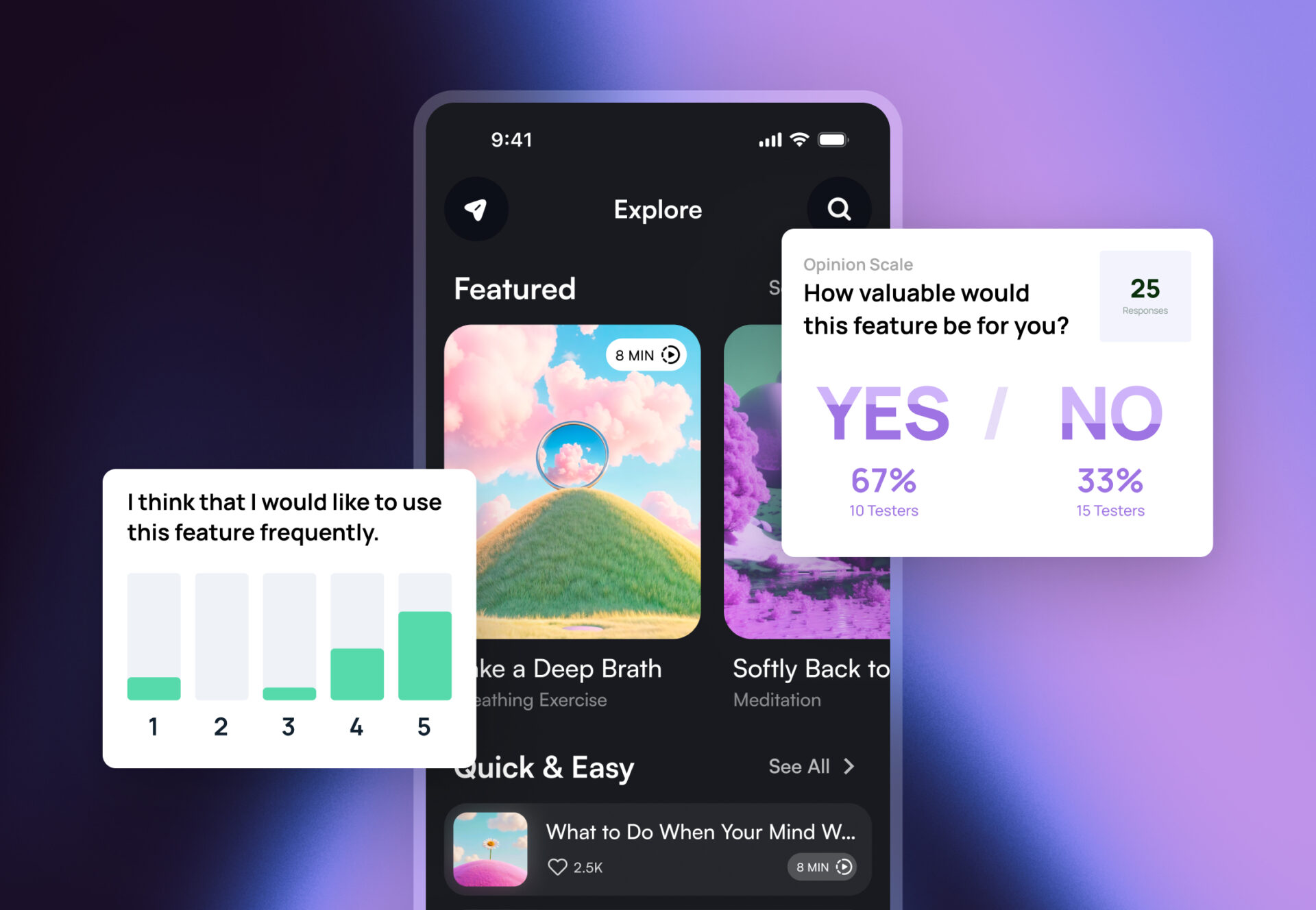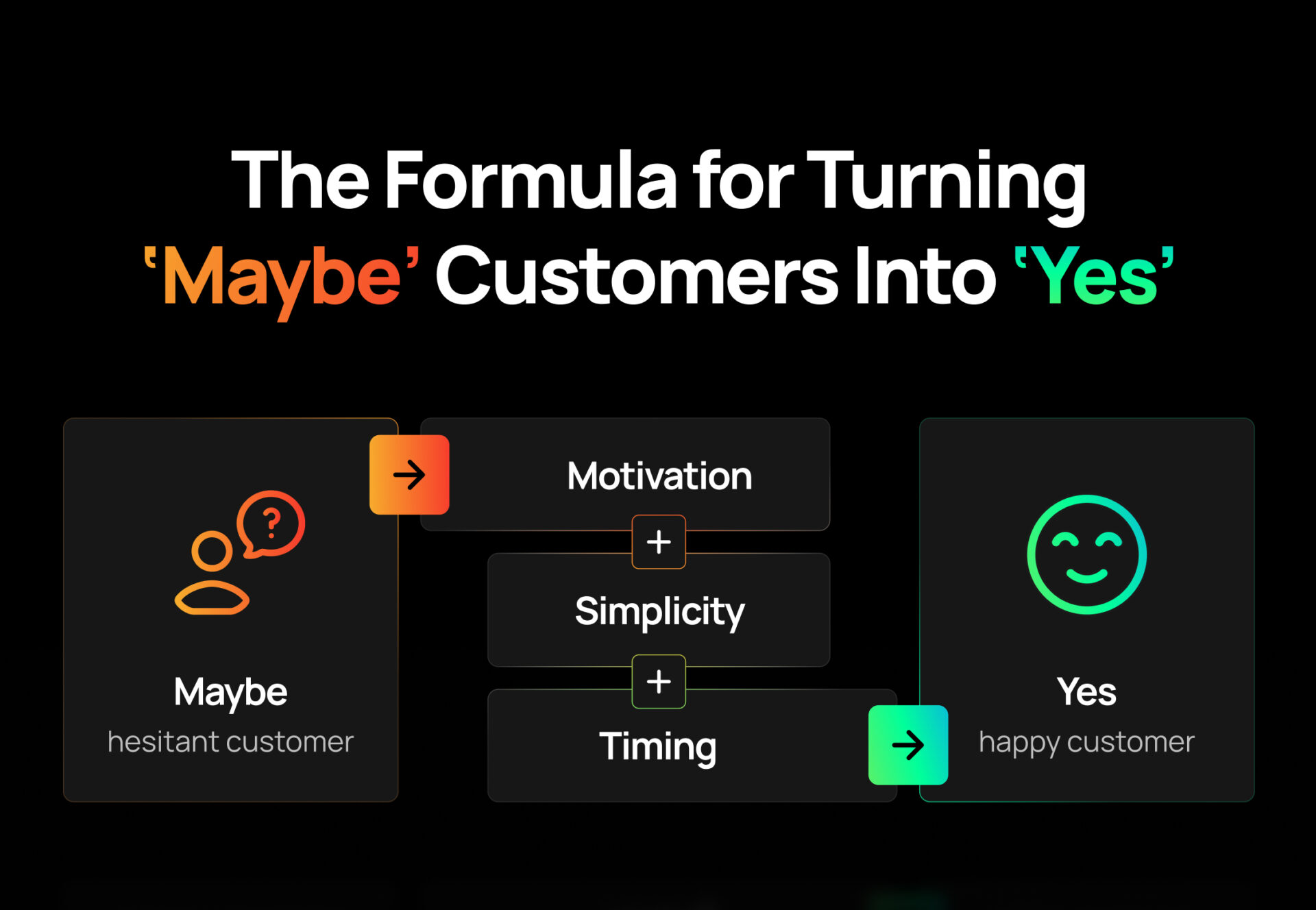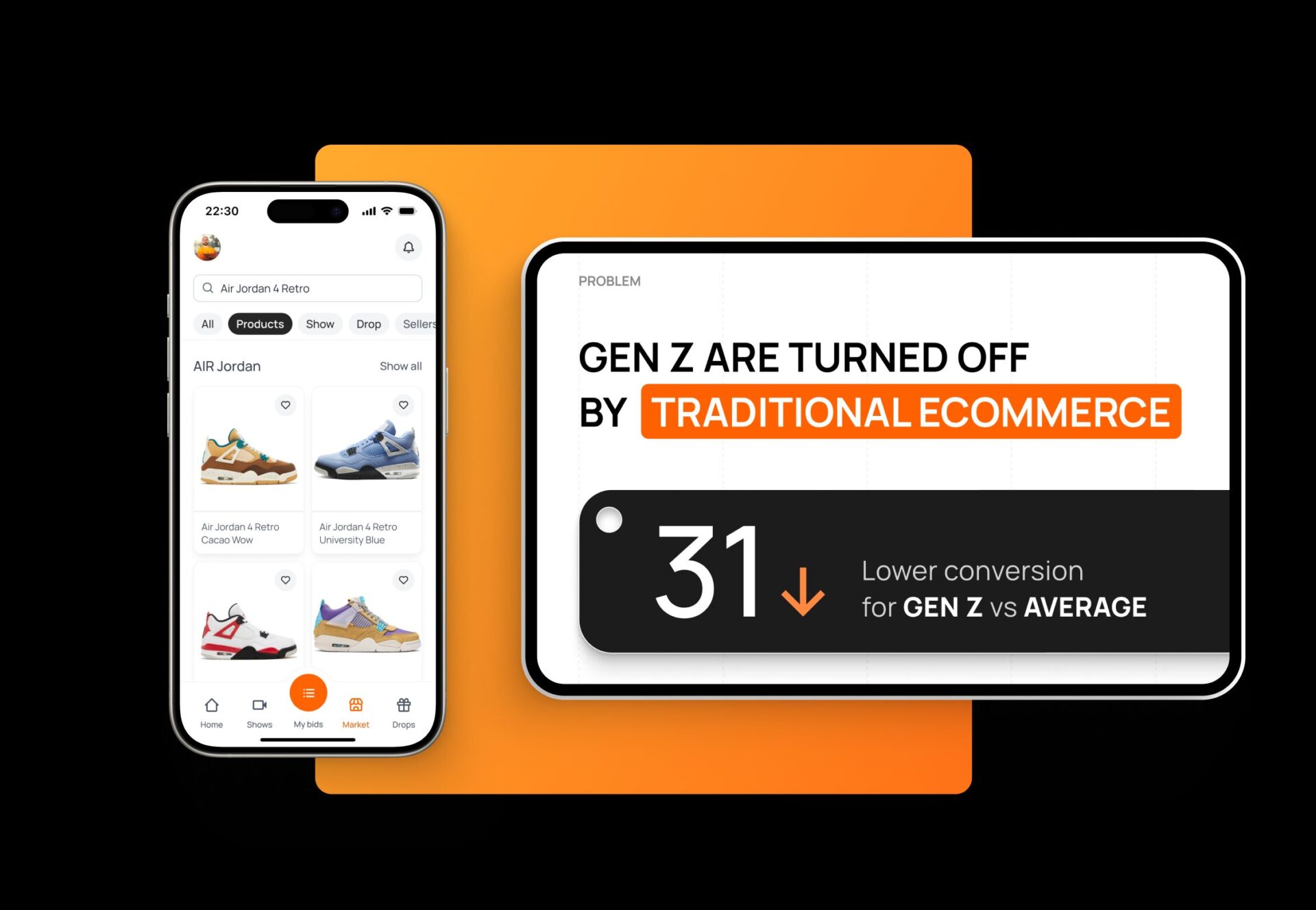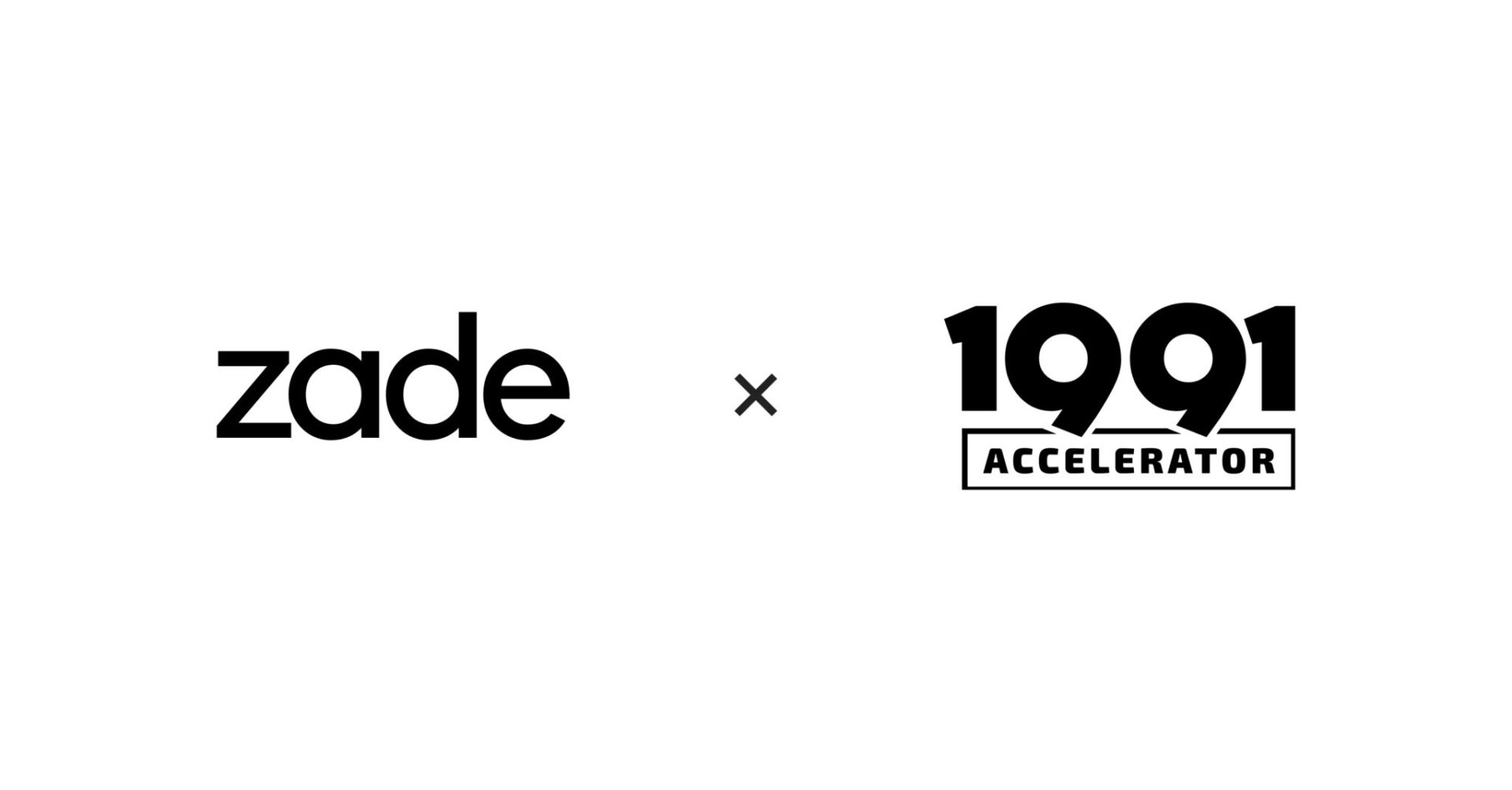
6 Actionable Ways to Gather Customer Feedback for Your Startup
Collecting customer feedback isn’t about gathering random opinions—it’s about extracting actionable insights to improve your product.
Intro
Want to build a product your customers love? It starts with listening. Here are six effective methods to help your startup understand what your users really need:
1. Feedback Surveys
Surveys are a fast, scalable way to collect customer input. They can include multiple-choice questions, rating scales, and open-ended responses to measure metrics like customer satisfaction (CSAT), net promoter score (NPS), or customer effort score (CES). They also help quantitatively validate hypotheses formed based on qualitative research, such as focus groups or in-depth interviews.
Why it works:
- Quick data collection from a large audience.
- Both qualitative and quantitative insights.
How to do it right:
- Keep surveys short and focused to encourage higher completion rates.
- Use a mix of question types to capture both numbers and narratives.
- Offer incentives, like discounts, to boost participation.
2. User Interviews and Focus Groups
Talking directly to users offers detailed feedback. These moderated sessions allow customers to share their experiences, uncovering valuable context and emotional insights.
Why it works:
– Provides deep, narrative insights.
– Makes users feel involved in product development.
How to do it right:
– Prepare a script with open-ended questions but stay flexible to explore unexpected insights.
– Choose a diverse set of participants for broader perspectives.
– Record sessions (with permission) for thorough analysis later.
3. Usability Testing
Want to know how intuitive your product really is? Give users specific tasks (e.g., “find the payment settings”) and observe how they navigate. This reveals friction points and areas for improvement.
Why it works:
- Direct observation of real user behavior.
- Actionable insights into usability and accessibility.
How to do it right:
- Set clear objectives for each test to focus on specific features or flows.
- Use both new and experienced users to get varied perspectives.
- Follow up with participants to understand why they faced challenges.
5. Product Analytics
Track how users interact with your product using tools like heatmaps, user flows, and bounce rates. Product analytics reveal what’s working and what’s not based on actual user behavior.
Why it works:
- Provides consistent, quantitative data.
- Tracks patterns over time for benchmarking.
How to do it right:
- Define key metrics to track, such as conversion rates or session duration.
- Use analytics tools like Google Analytics, Mixpanel, or Amplitude for in-depth insights.
- Combine analytics with other feedback methods to understand the motivations behind user actions.
6. In-App Feedback
Collect feedback directly within your product with forms, pop-ups, or bug-reporting tools. This method captures insights while the experience is fresh.
Why it works:
– Immediate, context-driven feedback.
– Easy for users to share thoughts.
How to do it right:
– Place feedback prompts strategically (e.g., after a feature is used or a purchase is completed).
– Keep forms short to avoid frustrating users.
– Actively follow up with users who report issues to build trust.
How to Maximize the Value of Feedback
- Mix Methods: Combine approaches (e.g., surveys + usability testing) for a holistic view.
- Analyze Patterns: Look for recurring themes across different methods.
- Take Action: Feedback is only valuable if it leads to meaningful changes in your product.






















